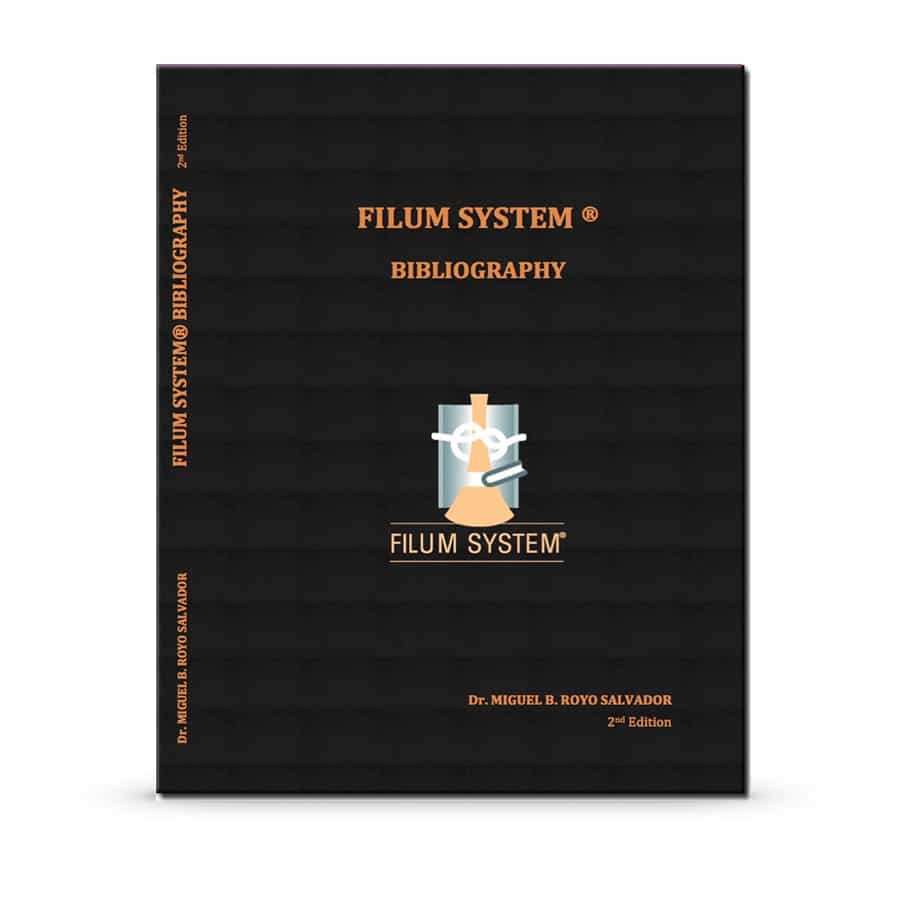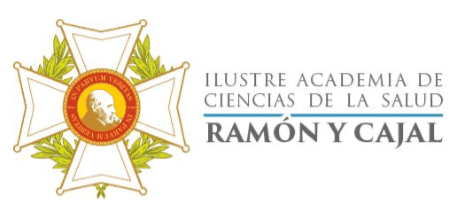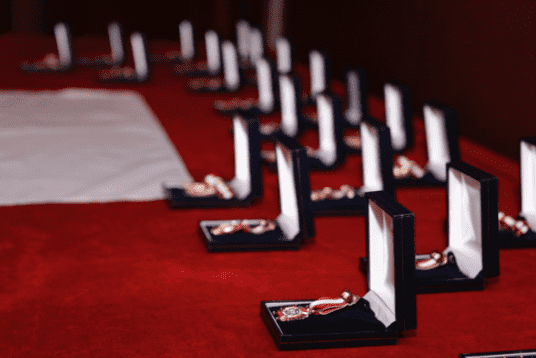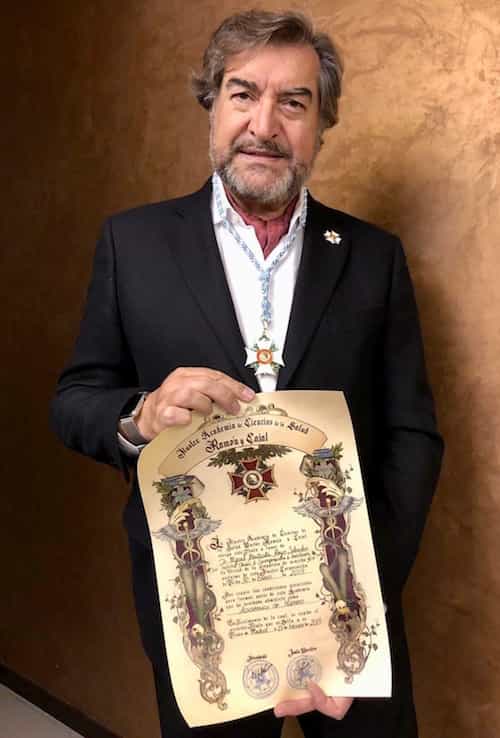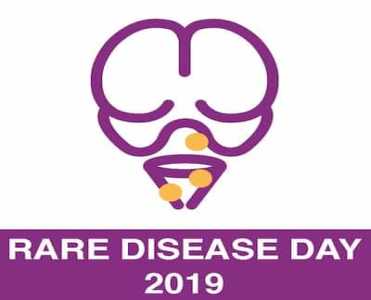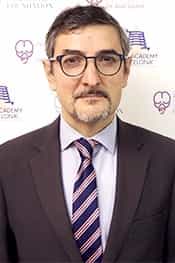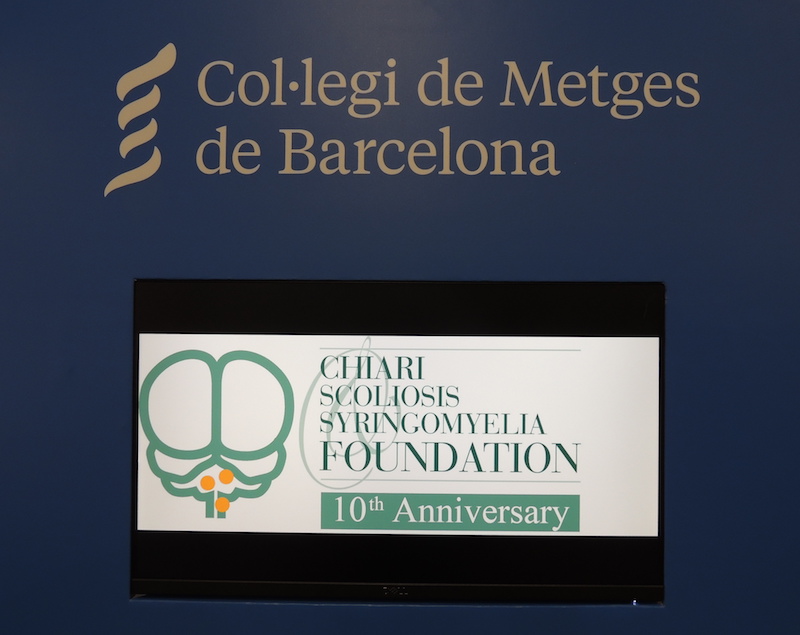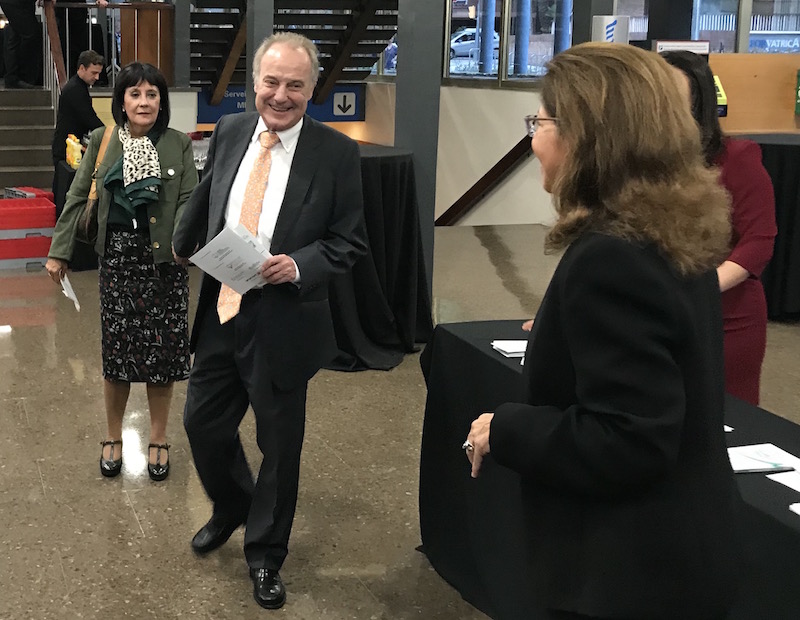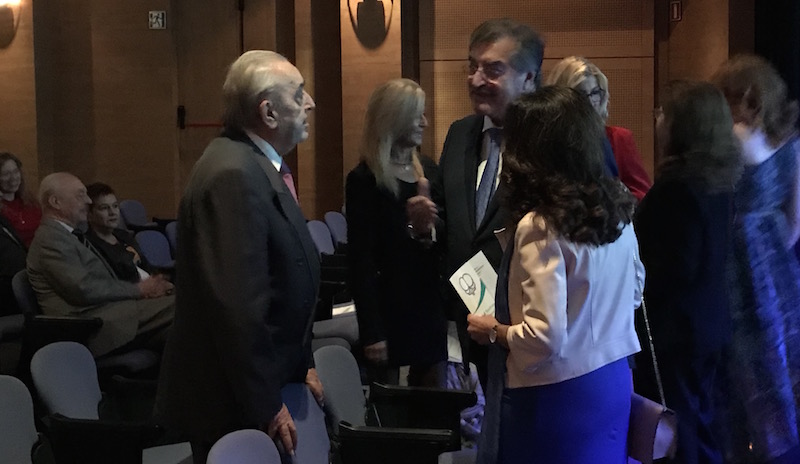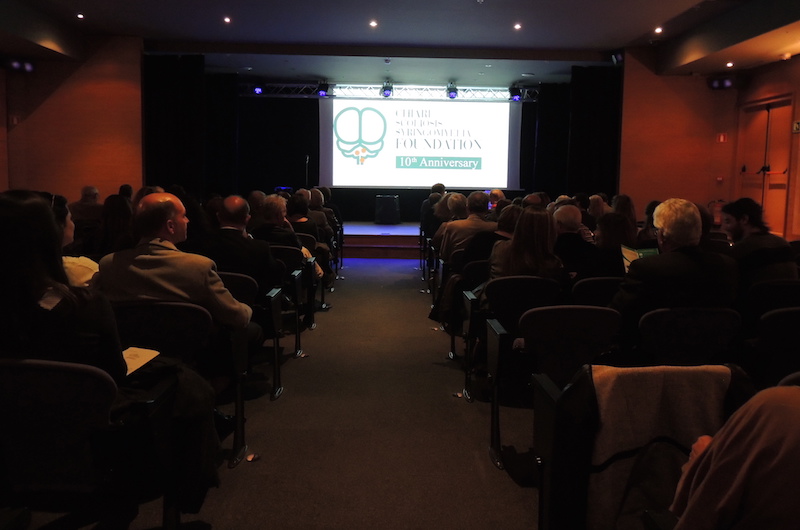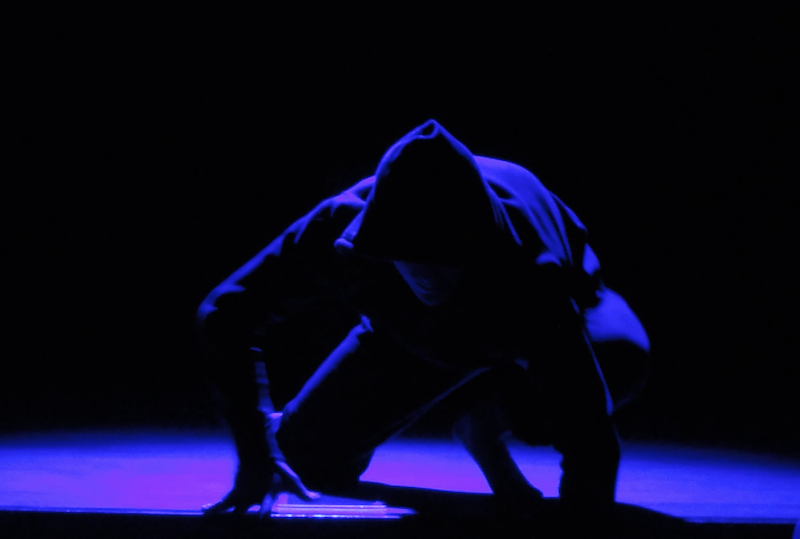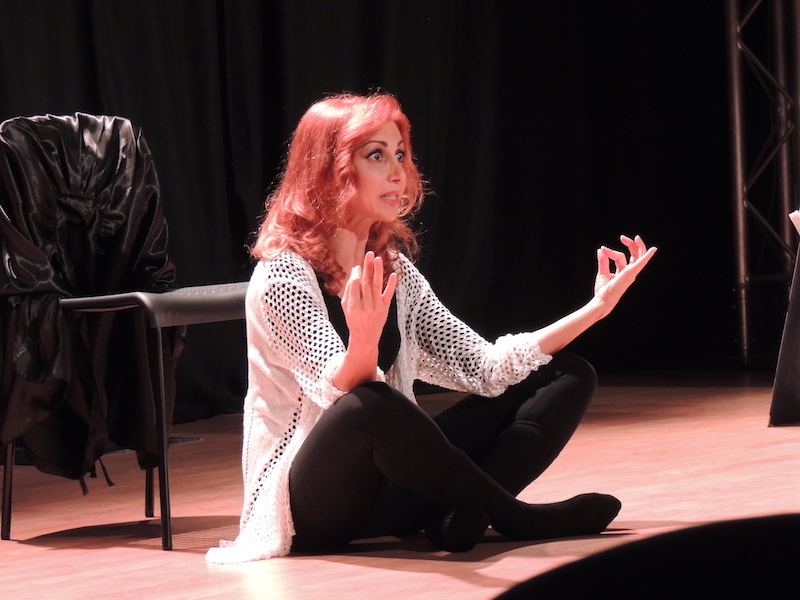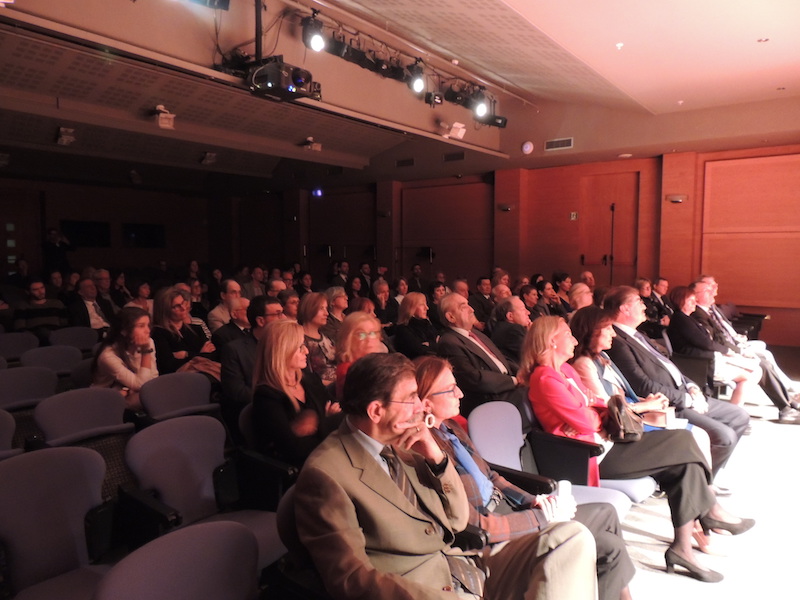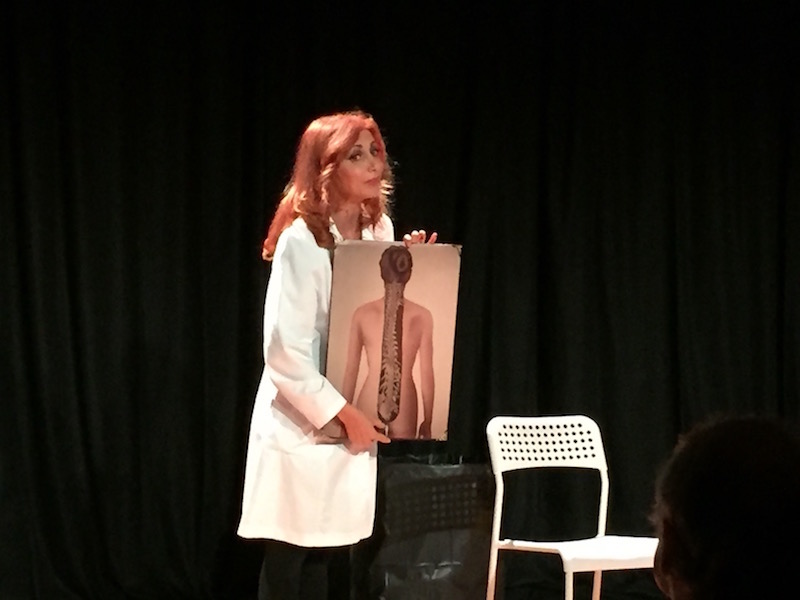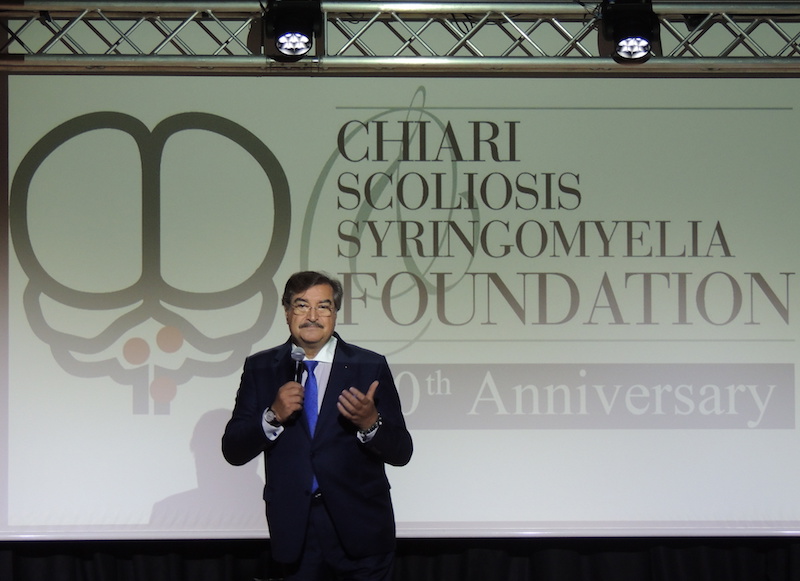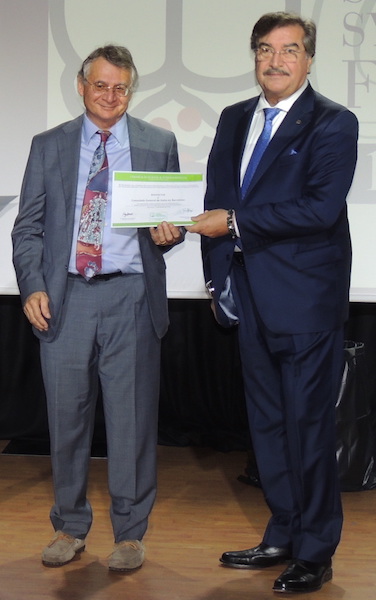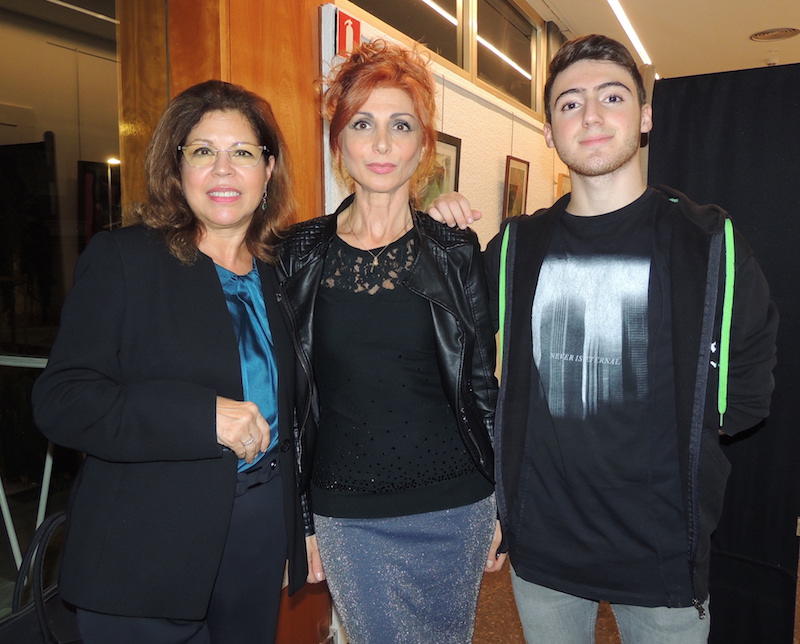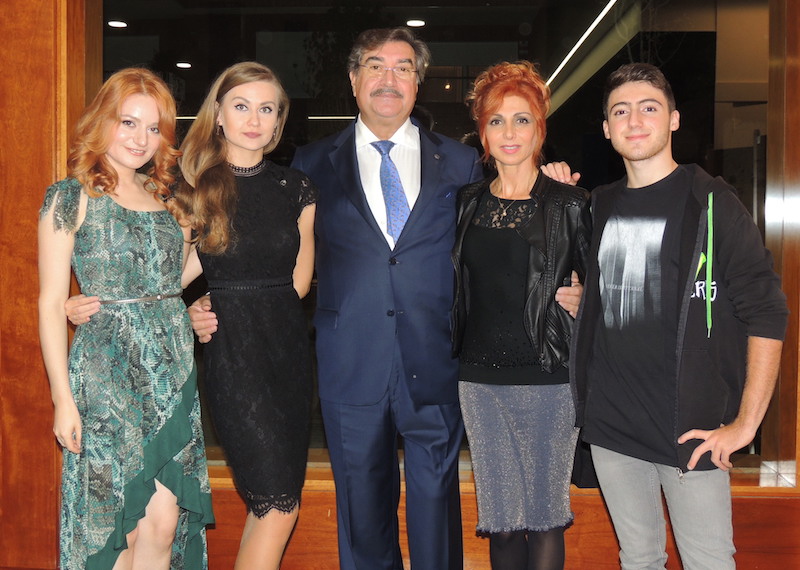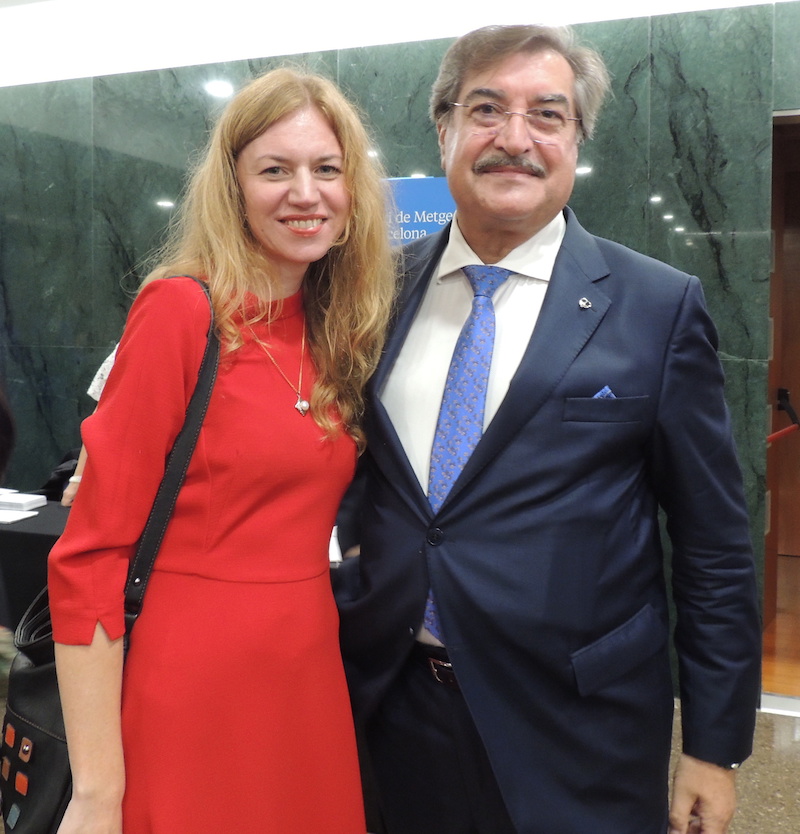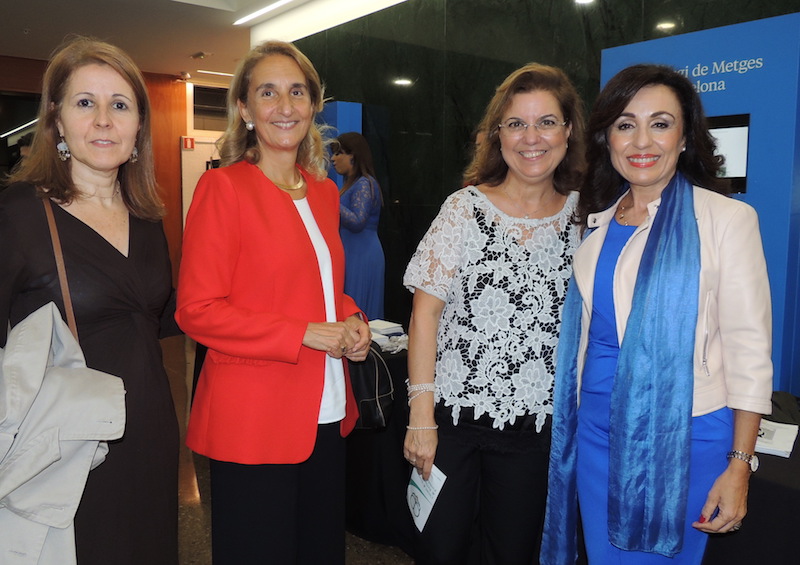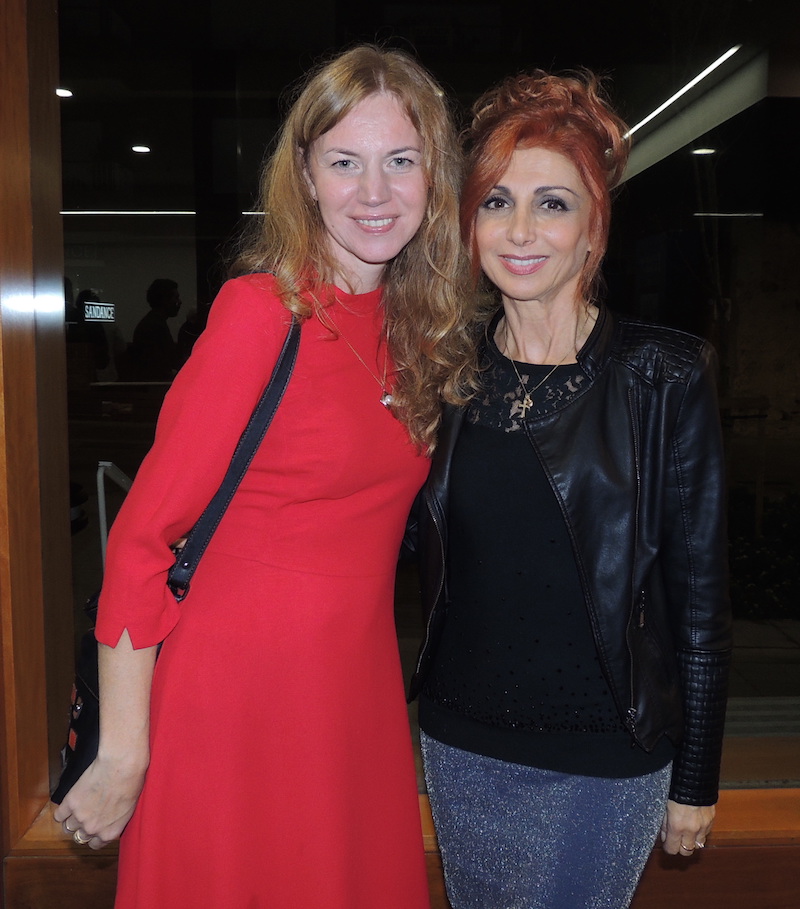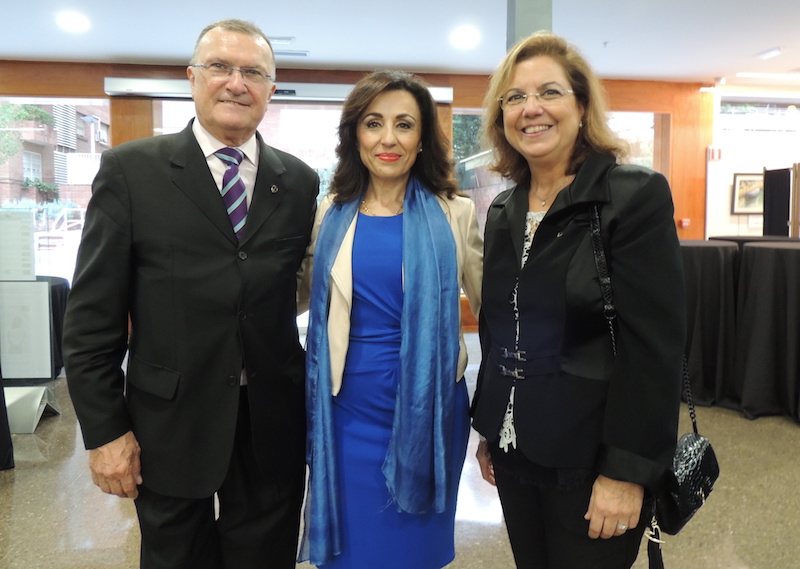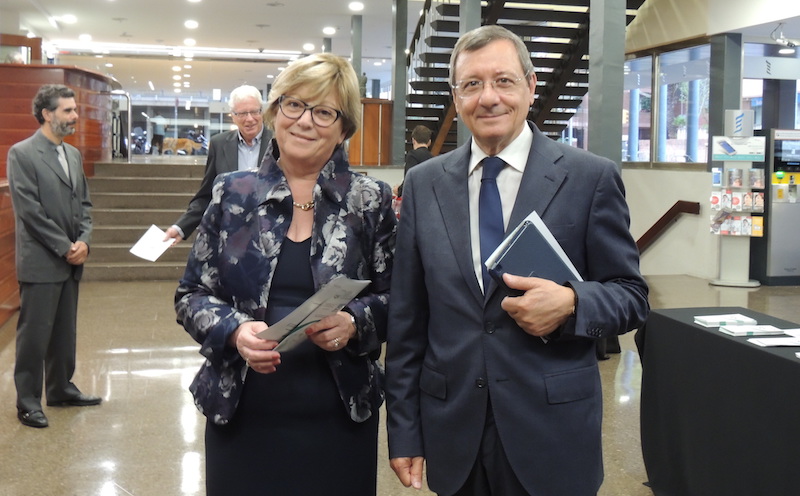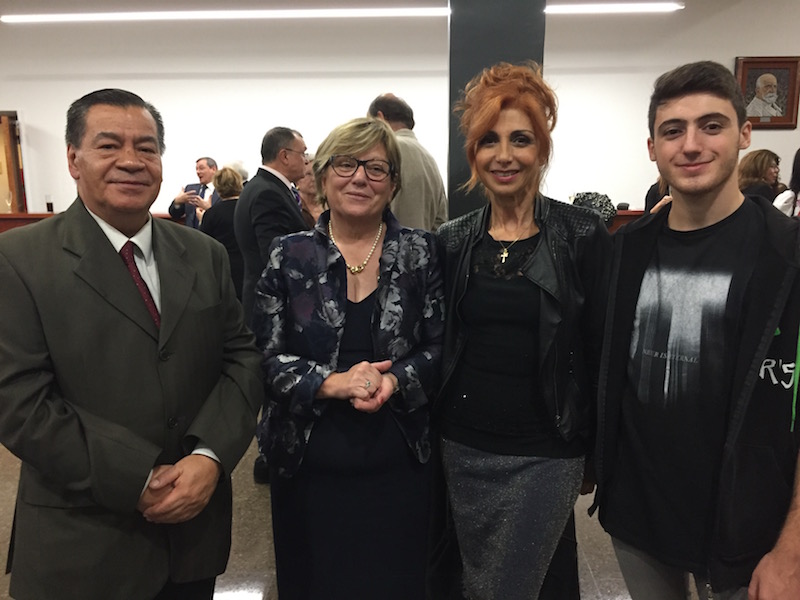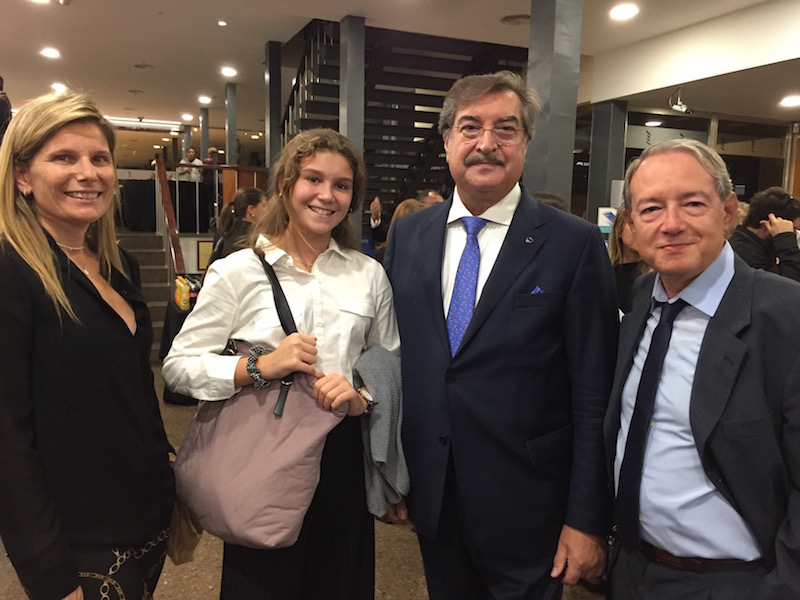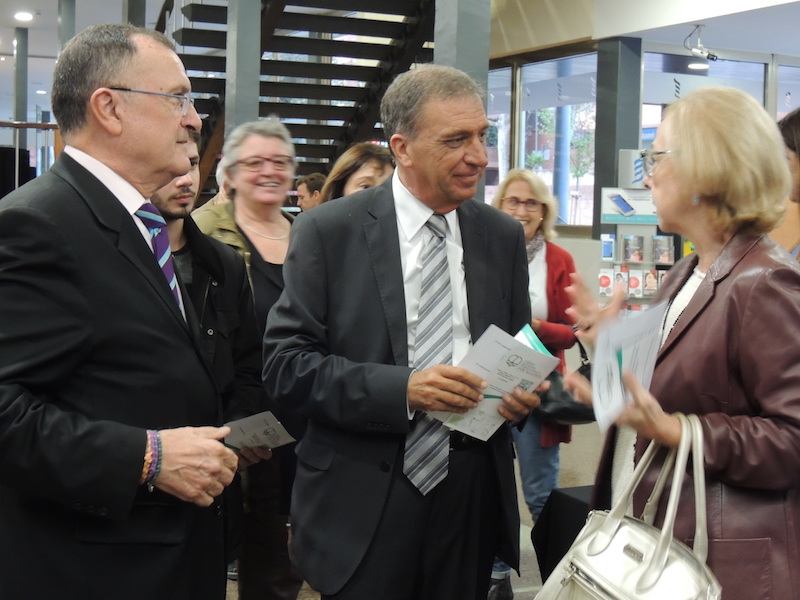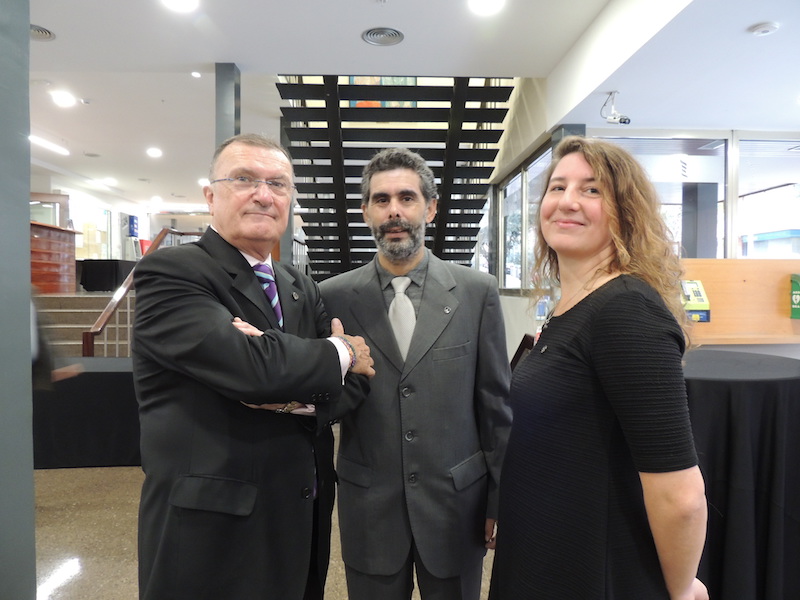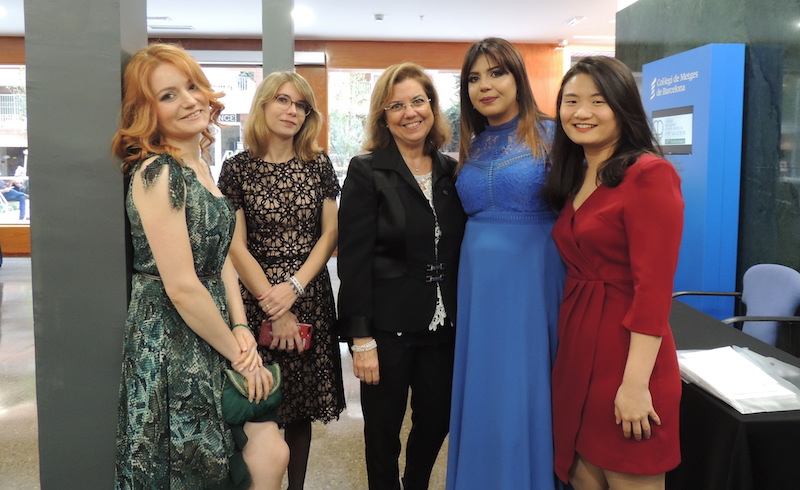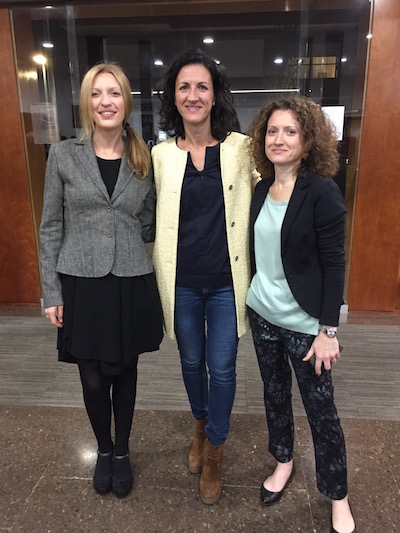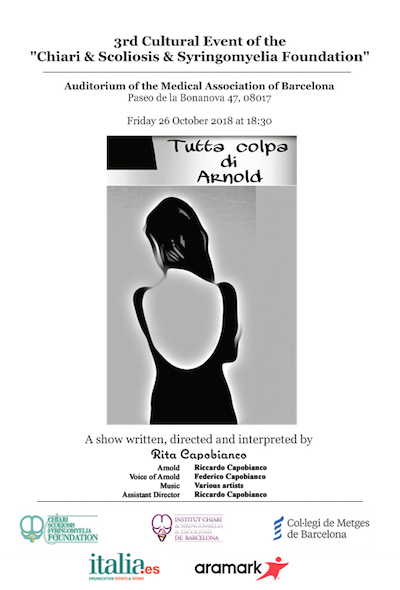Departamento de gestión y comunicación
The Neuro-cranio-vertebral Syndrome and Coccygeal Dislocation: A Preliminary Study.
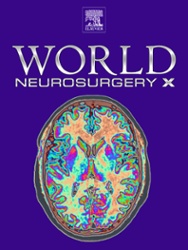
We have the honor to announce that the journal World Neurosurgery: X, from Elsevier, has just published the latest article by Royo-Salvador et al., presenting their findings on the relationship between the Neuro-cranio-vertebral syndrome (NCVS) and anterior coccygeal dislocation: “Neuro-cranio-vertebral syndrome related to coccygeal dislocation: A preliminary study.“
“Neuro-cranio-vertebral syndrome (NCVS) includes a set of idiopathic diseases: Arnold-Chiari syndrome type 0,1 and 1.5, idiopathic scoliosis, and idiopathic syringomyelia. It is caused by the pathological traction transmitted by the filum terminale on the neuraxis” Considering that the latter inserts at the coccygeal level, Dr. Royo and his team of neurosurgeons have observed for years in a significant number of cases with this diagnosis that “the alteration of this anatomical segment, such as anterior coccygeal dislocation, can increase the tension exerted by the filum terminale throughout the Central Nervous System.”

The study’s conclusions affirm that “The high clinical and radiological prevalence of coccygeal dislocation in patients with Neuro-cranio-vertebral syndrome suggests an association between them. The mechanism involved in coccygeal dislocation can directly influence the development of Neuro-cranio-vertebral syndrome.”
Typically, the recommended treatment in most traumatology and orthopaedic services in the case of coccygeal dislocation is conservative (advising not to bear weight on the coccyx, avoiding or reducing sitting, using cushions or devices that reduce the load while sitting, etc.). Unfortunately, the possibility of NCVS formation is often overlooked, leading to a lack of diagnosis and a satisfactory solution for patients whose quality of life may be affected.
At ICSEB, after years of clinical observation and care for these cases, we propose a minimally invasive surgical treatment using the Filum System® method to eliminate the traction of the Filum Terminale caused or increased by coccygeal dislocation – as a primary or added traumatic factor in NCVS – with excellent results.
On the occasion of this new scientific publication, we congratulate Dr. M. B. Royo-Salvador, Dr. M. Fiallos, P. Villavicencio, and the entire R&D department of ICSEB for their research work that continues to deepen our understanding of the Filum Disease!
For more information on the treatment of NCVS with sacro-coccygeal dislocation, you can visit:
Neuro-Cranio-Vertebral Syndrome due to Sacrococcygeal dislocation
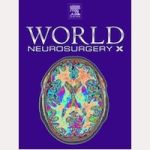
Filum Disease treatment:
Rehab during Covid-19
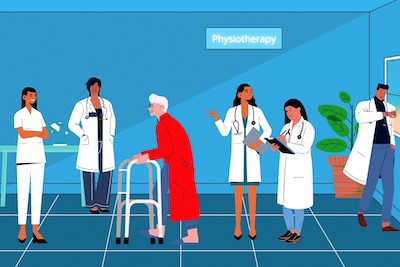
Our neurosurgical centre is primarily dedicated to and highly specialized in the diagnosis and treatment of Filum Disease (FD) and the therein-included conditions, such as Arnold-Chiari I Syndrome, idiopathic Syringomyelia and idiopathic Scoliosis.
Unless halted with the Sectioning of the Filum terminale (SFT), Filum Disease is a congenital, latent, neurodegenerative, progressive and chronic disease. Despite the releasing surgical procedure applied to patients, the pathology can leave sequelae that evolve by themselves.
Medical assistance for Filum Disease patients can therefore require four types of specialists:
- A neurologist or neurosurgeon for the diagnosis.
- A neurosurgeon or orthopaedist for the application of the adequate surgical treatments for Filum Disease and associated disc herniations, canal stenosis or others.
- An orthopaedist for the very pronounced cases of scoliosis.
- A rehabilitator and a neurologist respectively for the vertebral and neurological sequelae that may persist after the surgical procedure.
Our team of specialists considers that physiotherapy following the intervention according to the Filum System® method is fundamental for patients affected by sequelae, to maximise the benefit of the treatment.
Since the emergence of the Covid-19 pandemic however, many patients in different countries report how difficult or impossible it is to access rehabilitation centres, especially swimming pools and hydrotherapy, given the restrictions in place to reduce contagion.
We therefore encourage patients dealing with the mentioned logistical complications, in their short or long-term postoperative stage, to persevere, to move and continue to exercise as much as possible notwithstanding the restrictions. This should be done within the guidelines of a rehabilitator and taking into account what the patient’s autonomy allows, as well as the support available from their family and environment.
We remind you that for any questions that physiotherapists in your territory have regarding Filum Disease and our method, the Filum System® has a team of certified collaborators, who can be consulted to receive indications based on our protocols for post- Sectioning of the Filum Terminale rehabilitation.
You can find their information in the following links:
https://institutchiaribcn.com/en/accredited-centres/centro-medico-mantia/
Neurofeedback and Myotherapy Centre in Belgium
https://institutchiaribcn.com/en/accredited-doctors/dr-marco-di-gesu/
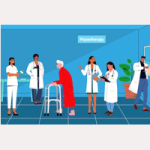
International Arnold-Chiari Syndrome Day
On 28 September, the International Arnold-Chiari Syndrome Day is celebrated, with the main objective of raising social awareness about this condition that is still little known; which generates a series of problems for people who suffer from it.
Unfortunately, most of the patients we attend at Institut Chiari & Siringomielia & Escoliosis de Barcelona, apart from the pain they suffer, report having spent a long time trying to obtain a correct diagnosis and suffer from a lack of understanding regarding their symptoms -both by health professionals and family members-.
For this reason, we want to join this day to show all our support to patients and relatives who live with this pathology -which is much more frequent than it seems-, providing the most valuable tool: information about this syndrome, based on more than 40 years of research by Dr. Royo-Salvador and his team.
This link explains the different types of Arnold-Chiari Syndrome, the symptoms and the treatments available for Arnold-Chiari type I Syndrome.
Arnold-Chiari I Syndrome
Since 2007, our Institute has been involved in the diagnosis, treatment and monitoring of Arnold-Chiari Syndrome and other pathologies considered of unknown cause, which, according to our research, are manifestations of the Filum Disease and today have a treatment that halts the evolution of this condition and improves symptoms.
On this day, 28 September, we want to draw attention to the importance of a correct diagnosis and treatment. Because incorrect information can lead the patient to make a erroneous decision; which would imply very serious consequences for his health.

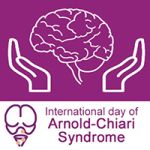



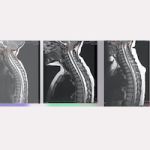
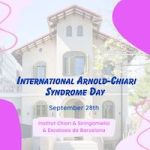

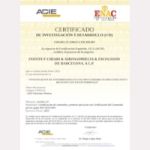
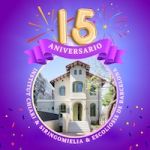
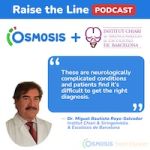




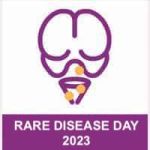



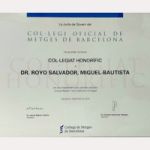
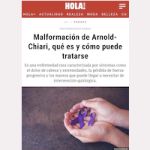


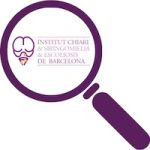


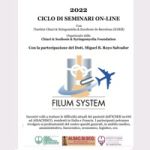



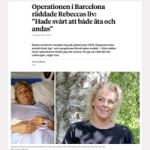

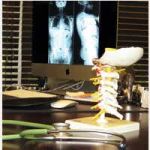



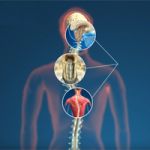











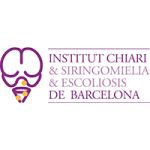





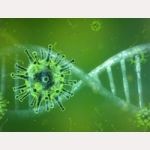

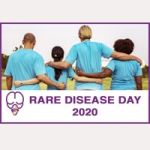









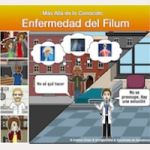

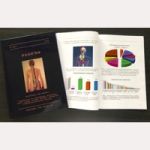





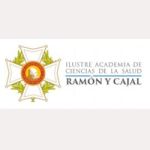
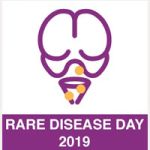
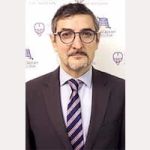








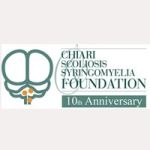



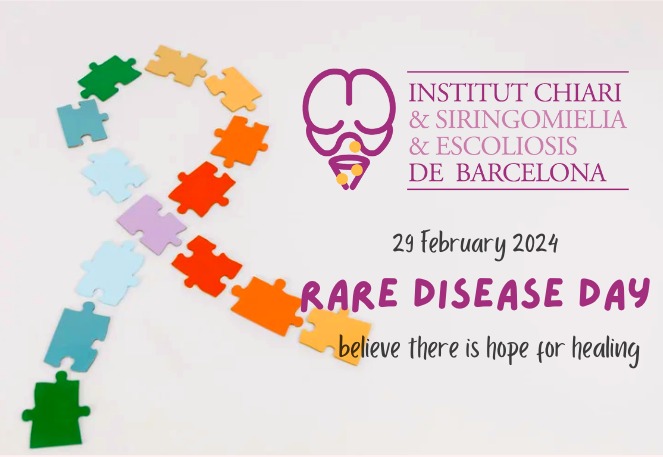
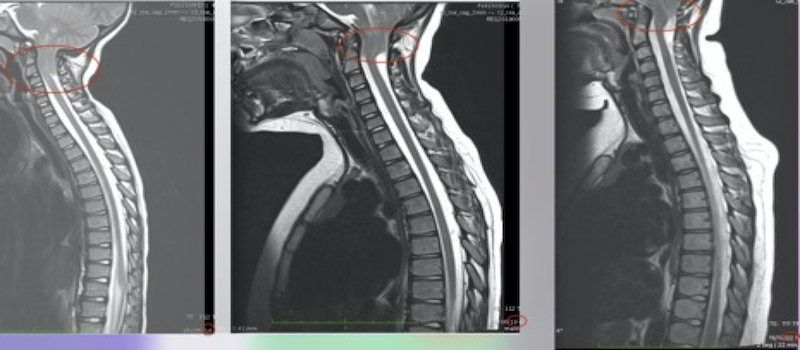
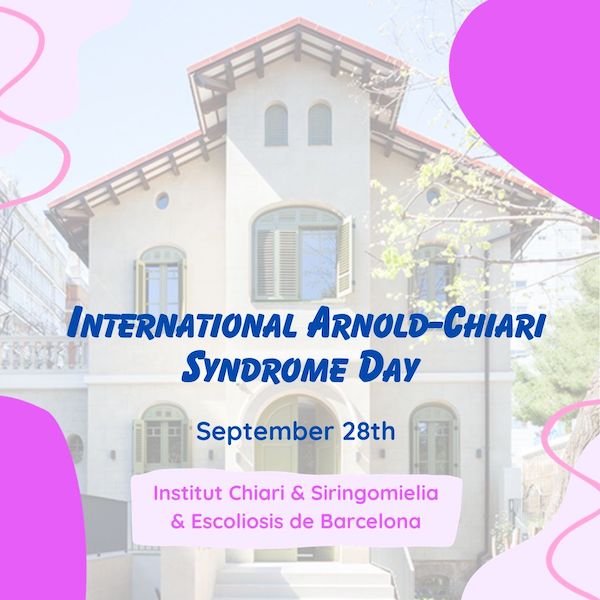

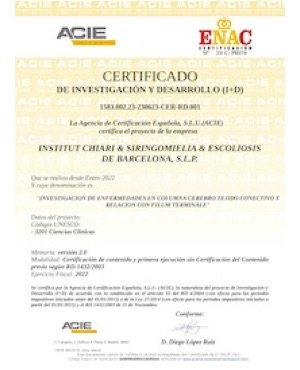

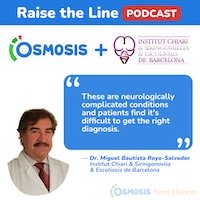
 Figure.1- A patient’s magnetic resonances and their evolution following the Filum System® treatment, from the first preoperative MRI until the 7-year postoperative check-up, which shows that the medullary cysts disappeared.
Figure.1- A patient’s magnetic resonances and their evolution following the Filum System® treatment, from the first preoperative MRI until the 7-year postoperative check-up, which shows that the medullary cysts disappeared.



 We would like to inform you that Institut Chiari will remain closed from the afternoon of Thursday 06 of April until Monday 10 of April, due to the Easter holidays.
We would like to inform you that Institut Chiari will remain closed from the afternoon of Thursday 06 of April until Monday 10 of April, due to the Easter holidays.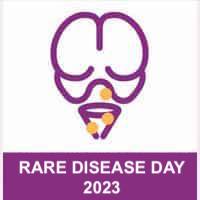
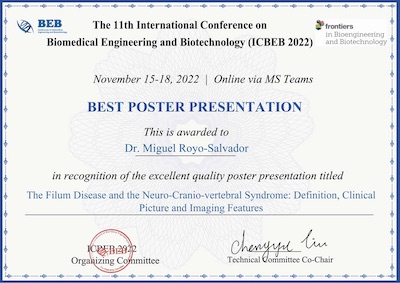
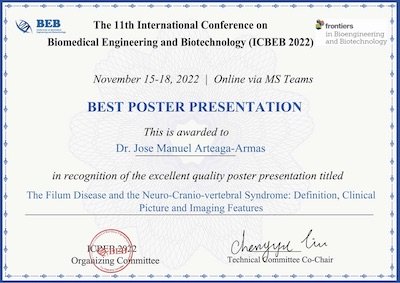
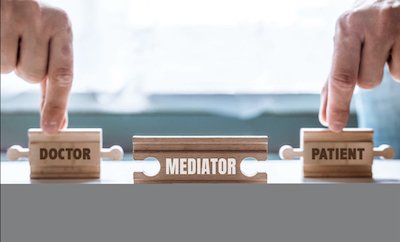
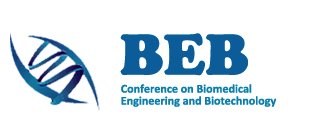
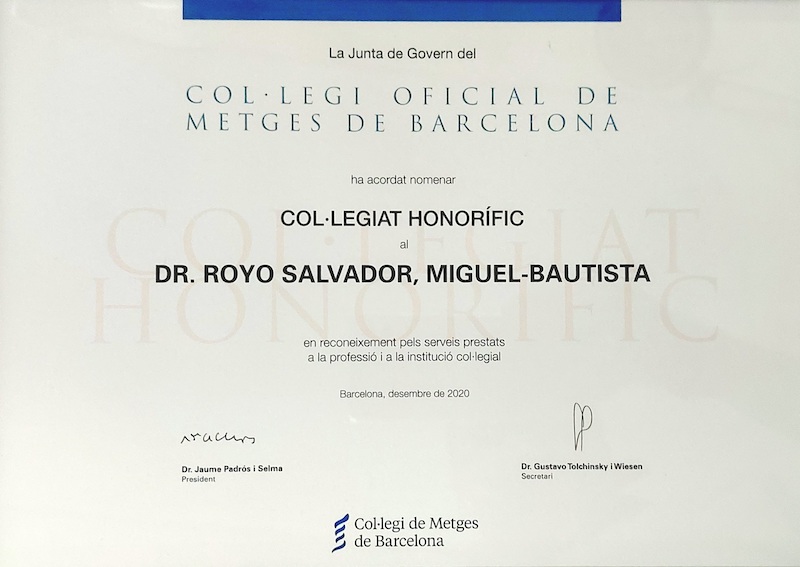


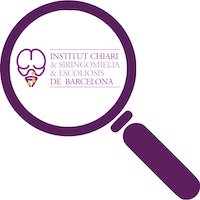

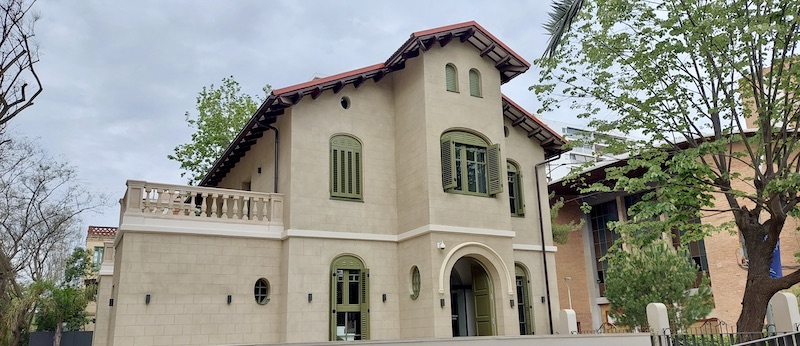
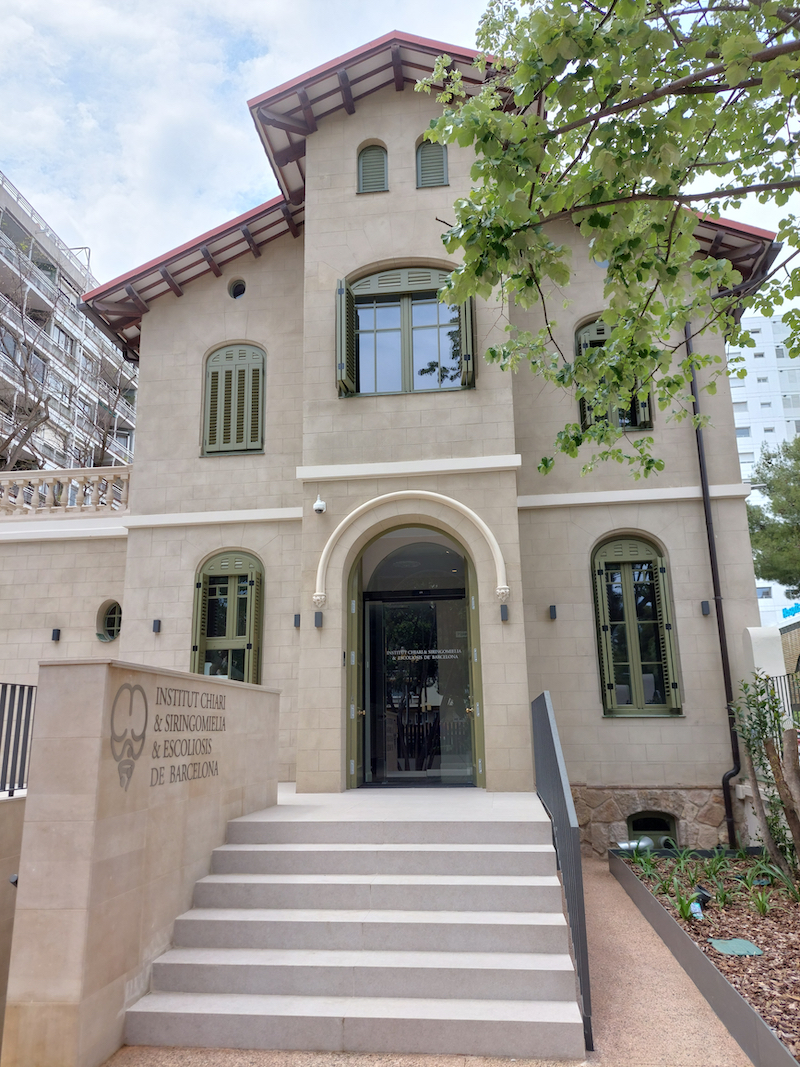


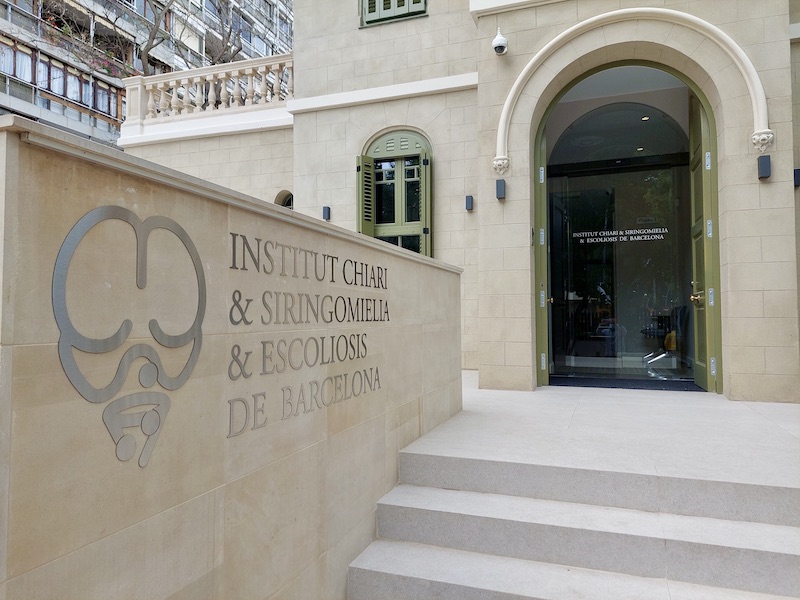




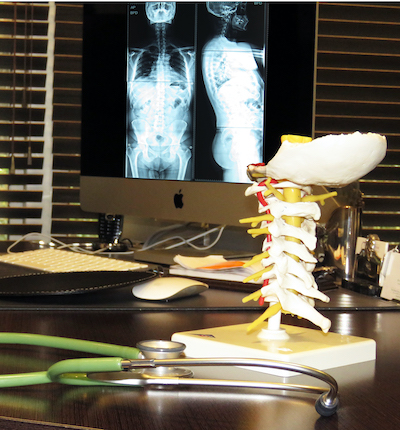



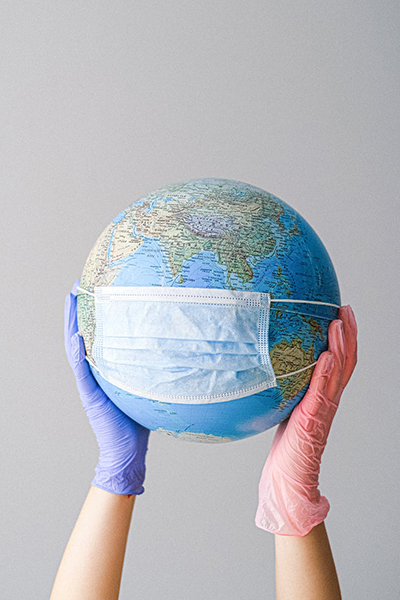



 We would like to inform you that Institut Chiari will remain closed from the afternoon of Thursday 1 of April until Monday 5 of April, due to the Easter holidays.
The Institut will resume its normal activities on Tuesday 6 of April.
Nevertheless, you can email us your questions and we will reply as soon as possible.
Sincerely,
ICSEB Team
We would like to inform you that Institut Chiari will remain closed from the afternoon of Thursday 1 of April until Monday 5 of April, due to the Easter holidays.
The Institut will resume its normal activities on Tuesday 6 of April.
Nevertheless, you can email us your questions and we will reply as soon as possible.
Sincerely,
ICSEB Team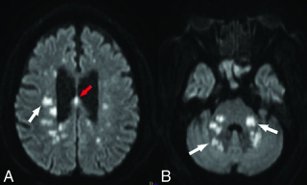
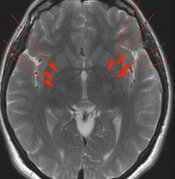



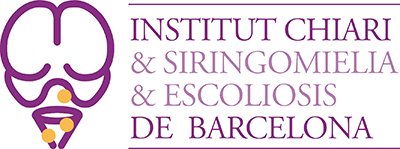
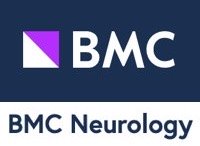 The Filum disease and the Neuro-Cranio-Vertebral Syndrome: definition, clinical picture and imaging features.
The Filum disease and the Neuro-Cranio-Vertebral Syndrome: definition, clinical picture and imaging features. We would like to inform you that Institut Chiari will remain closed from the afternoon of Thursday 9 of April until Monday 13 of April, due to the Easter holidays.
The Institut will resume its normal activities on Tuesday 14 of April.
Nevertheless, you can email us your questions and we will reply as soon as possible.
Sincerely,
ICSEB Team
We would like to inform you that Institut Chiari will remain closed from the afternoon of Thursday 9 of April until Monday 13 of April, due to the Easter holidays.
The Institut will resume its normal activities on Tuesday 14 of April.
Nevertheless, you can email us your questions and we will reply as soon as possible.
Sincerely,
ICSEB Team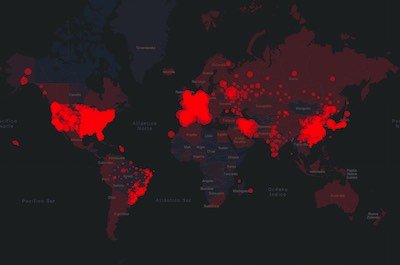
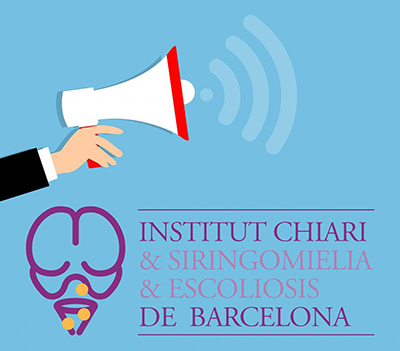
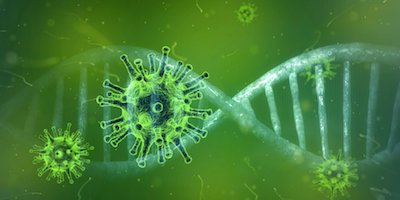
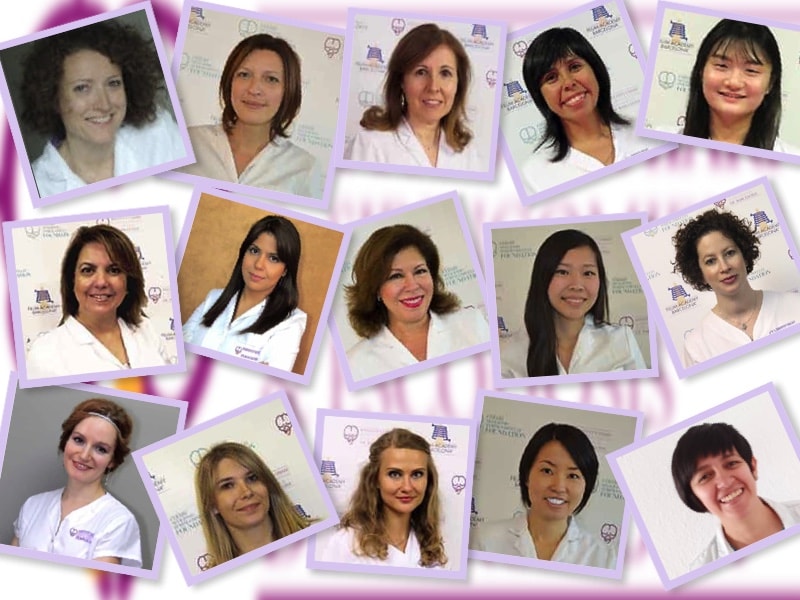
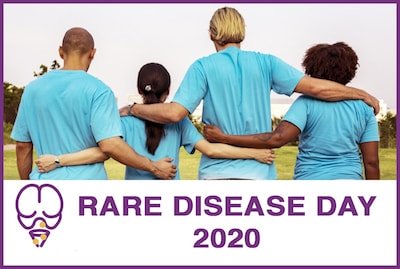





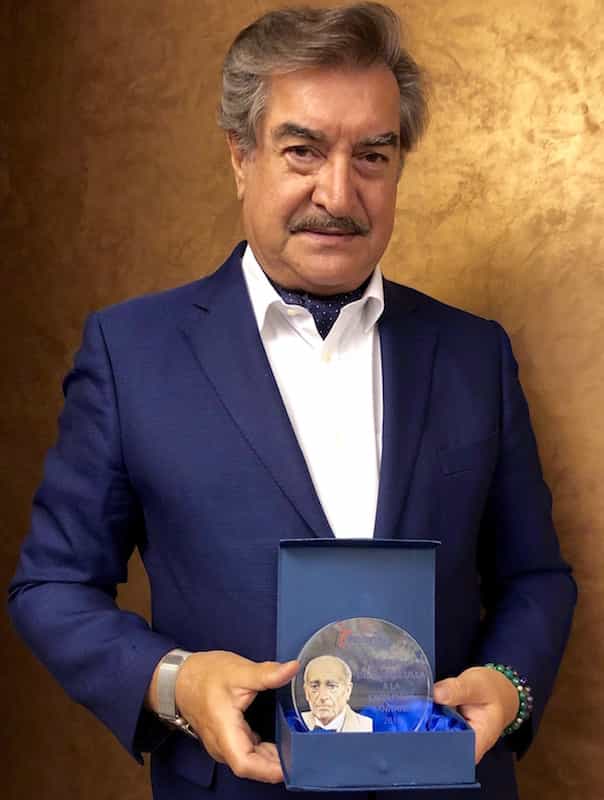
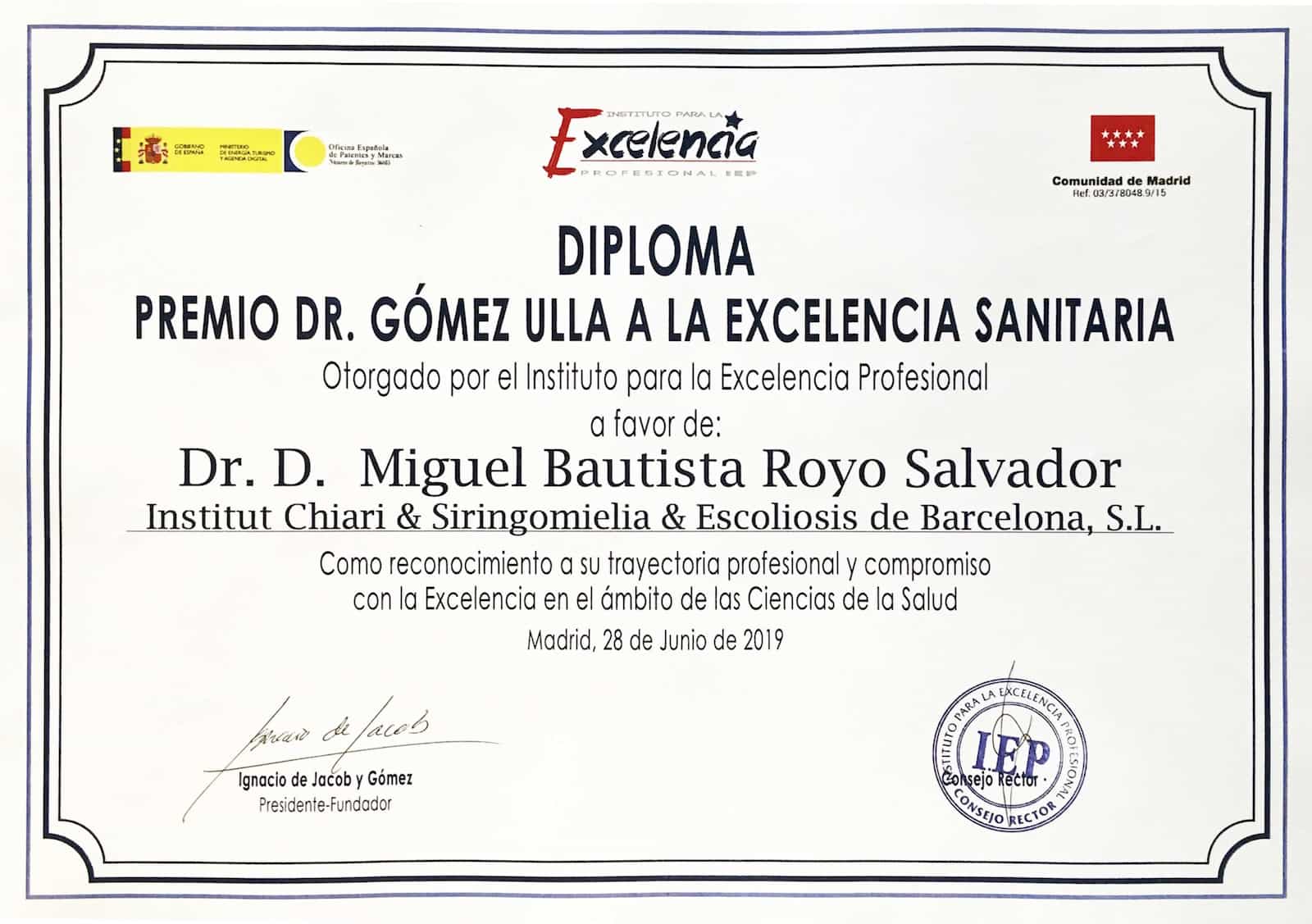
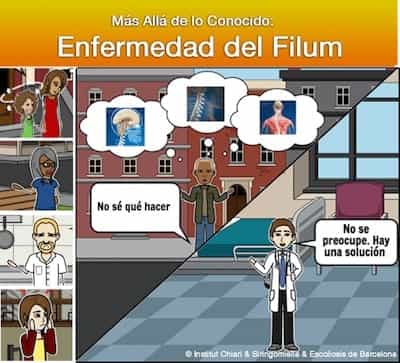

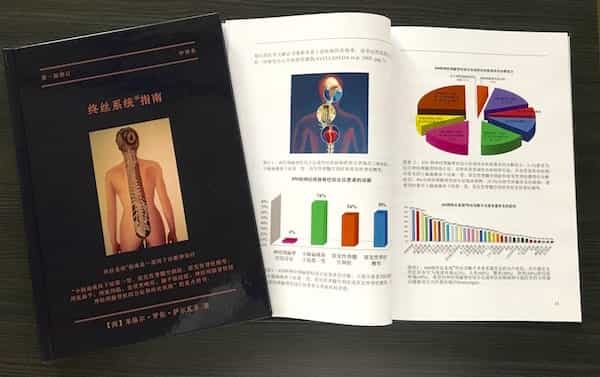
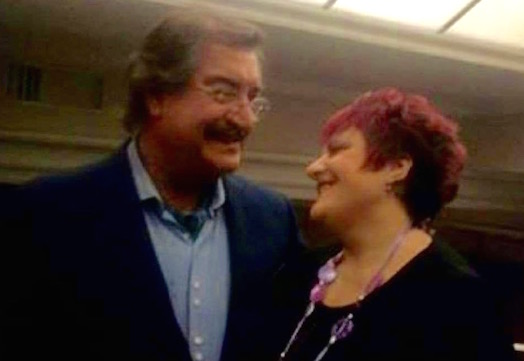

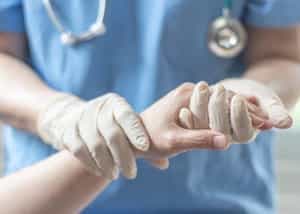 The Institut Chiari & Siringomielia & Escoliosis de Barcelona (ICSEB) promotes education and the dissemination of knowledge, being aware that all this affects the patients’ decisions about her/his health and safety. It is on that account that we have prepared this open letter.
The Institut Chiari & Siringomielia & Escoliosis de Barcelona (ICSEB) promotes education and the dissemination of knowledge, being aware that all this affects the patients’ decisions about her/his health and safety. It is on that account that we have prepared this open letter.
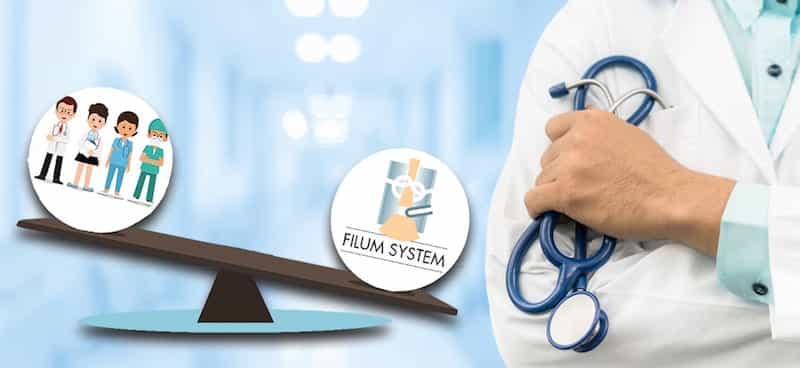
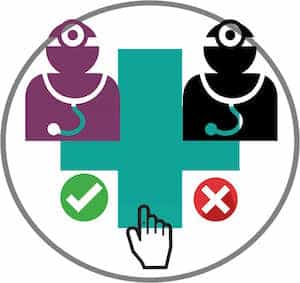 The problem is that it becomes more complex to reoperate after erroneous treatments and procedures. In addition, some people may be mistaken and think that these poor results are due to the type of treatment we practice at our Institute. This discredits our method and, what is worse, it prevents patients from obtaining the excellent results that the knowledge of a great discovery, a good diagnosis and a great treatment, could offer them. All this would harm not only an investigation of over forty-five years; but also hundreds of millions of affected people who could benefit from our method.
The problem is that it becomes more complex to reoperate after erroneous treatments and procedures. In addition, some people may be mistaken and think that these poor results are due to the type of treatment we practice at our Institute. This discredits our method and, what is worse, it prevents patients from obtaining the excellent results that the knowledge of a great discovery, a good diagnosis and a great treatment, could offer them. All this would harm not only an investigation of over forty-five years; but also hundreds of millions of affected people who could benefit from our method.

